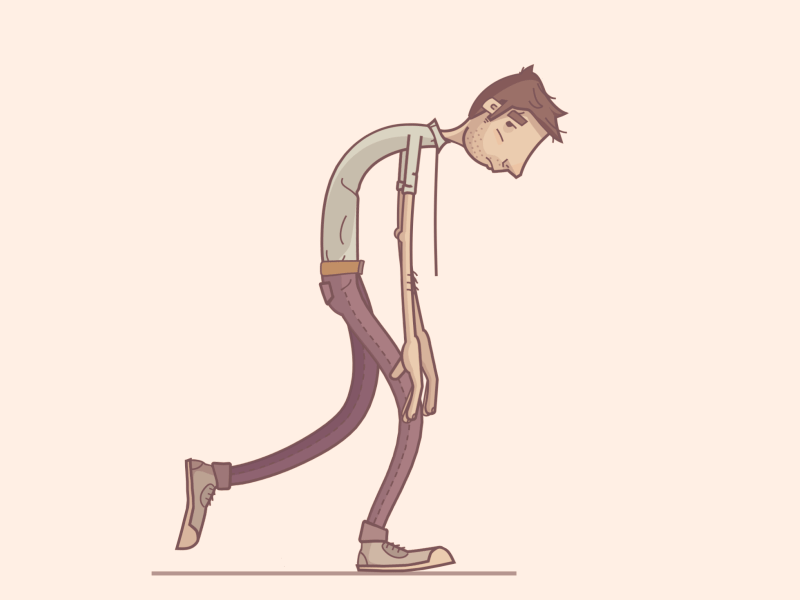What If the value of 'c' was smaller?
Relativity at Walking Speed — A Journey into a Stranger Universe
“Two things are infinite: the universe and human stupidity; and I’m not sure about the universe.”
- Albert Einstein
Greetings, fellow Bohron.

In our universe, the speed of light in a vacuum is a blistering 299,792,458 meters per second — so fast that
The light from the Moon takes just over a second to reach us,
You can circle the Earth seven times in one second at that pace.
It is also the universal speed limit. But let’s mess with cosmic settings for fun. What if value of ‘c’ and hence the speed of light were as chill as a city car — say, 30 meters per second? How would it affect the reality as we see it? Buckle up (not that speed matters now) because this world is about to get weird.
⚡ Significance of the cosmic speed limit ‘c’
That cosmic speed limit, denoted c, isn’t just about making sunbeams travel. It
stitches space and time into spacetime,
rules how causality works,
rules how electromagnetic fields propagate, and
fuels our universe’s most iconic equation: E = mc².

If the value of ‘c’ were 10 million times less, Einstein’s playground would move right into your living room.
🏃 Relativity in this new world
In our world, you need to approach ‘c’ to see trippy stuff like time dilation or length contraction. In this new world, you could pull this off pedaling your vintage Hero cycle.
🕰️ Time Dilation on the train
Imagine your local train chugging along at 25 m/s. Inside, the clock will tick 1.8 times slower1 than the clock on the platform due to time dilation. Congratulations, you’re now literally younger than your friend waiting outside. It’s the first-class ticket to the time-travel club.
📏 Length Contraction in the streets
Cars zooming by at 25 m/s would look nearly half squished in their direction of motion by almost half the amount2, like watching a sedan through a funhouse mirror, except physics means it. The money you spent building your aura around your Fortuner will seem wasted. Even buildings would distort as you pass.
🏋️♂️ Relativistic Mass Gain
The faster you go, the chunkier you’ll get. Accelerate to 25 m/s, and your mass will nearly double3.
🌌 Stars & Cosmos?
In a world with a light speed of 30 m/s, light from the Moon and Sun would take 148 days and 158 years4, respectively, to arrive. You’d never see stars as they’re too far. The night sky would be dark forever.
R.I.P. Astronomy.
☢️ Energy & Mass feel weak
E = mc² will still hold, but since ‘c’ is tiny now, a grain of sand’s energy becomes laughably low. Nuclear reactions would be feeble. The Sun wouldn’t burn, or at best, glow dimly like a cosmic 40-watt bulb.
Without this stellar engine, life might never even get a cameo.

📴 Communication will go dead
Information can’t travel faster than light. So, on shouting across a 100 m football field, your “HEY!” hits the other person after 3+ seconds5. What about voice calls and the internet? Even in your flat, the time lag will be of the order of seconds. Phones and radios would feel like telegraphs — slow and laggy. There will be no real-time video and instant response.
👀 Vision: The World as a Delayed Livestream

Light will crawl from objects to eyes. If someone waved at you from 10 meters away, you would see it a solid ⅓ of a second later. Seeing the world would feel like watching a delayed livestream. Reflexes and real-time interaction would be almost impossible.
You’d see motion as a slideshow of stacked freeze-frames, since each frame takes a noticeable amount of time to reach your eyes. The world will behave like a stop-motion film directed by a snail.
🛰️ GPS, Satellites & Technology
Our satellites rely on relativistic corrections to deliver GPS data. At walking-speed light, those corrections would be enormous, and the delays unbearable. A single Google Maps request might take minutes, and accurate positioning will be impossible. Even Google Maps might need a coffee break.
More so, electric circuits wouldn’t work the same. Electromagnetic waves would propagate slowly, making computers crawl and electrical signals arrive too late to be useful. Modern technology, from MRI machines to lasers, would collapse. Everything will be sluggish beyond belief.
Welcome to the Stone Age.

🧠 Could Life Even Exist?
At such slow communication speeds, life would need to evolve locally, perhaps as modular, decentralized systems. Nervous systems, if they existed, would be far slower, operating on multi-second delays between stimulus and response. Reflexes would be measured in minutes.
Organisms might need entirely different architectures, with local computation instead of centralized brains, just like fungi or plants.
🏡 A Slower Universe is a Smaller One
With light taking minutes to cross a room, reality shrinks into your immediate bubble. The universe goes from grand cosmic stage to local village gossip.
Time, in this world, would feel more solid, less fluid. Causality would stretch like molasses. You would feel detached from events, always watching echoes of reality.
🌠 Final words
This cosmic prank shows why ‘c’ isn’t just a number; it’s the backbone of reality. Fast light lets us love across continents, see ancient galaxies, and know we’re part of something vast.

So next time you look up at the night sky, remember:
You’re not just seeing stars.
You’re witnessing the universe running at full speed — and inviting you to run with it.
You May Also Read:
Is Time Travel Possible?
If time travel is possible, then where are the tourists from the future? - Stephen Hawking
Note that with the change of value of c, the definition of 1 sec itself changes. The above values are calculated in the real system.




This article resembles with your nature. Beyond knowledge it is full of sense of humour. Keep nurturing this thrust for knowledge with scientific mind set up. So proud of u.
It is quite astonishing how changing a constant might result into such mega outcomes. So, can one relate our universe to a chaotic system?
A really fun write-up to read btw, noice addition of some funny GIFs as well 😎.